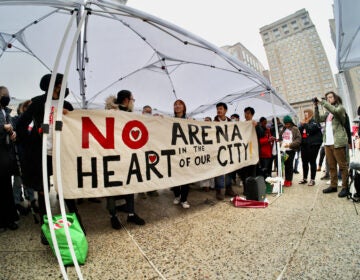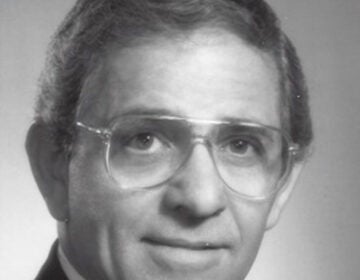Harris Steinberg: A chance to reshape casino
Inquirer: A chance to reshape casino
By Harris Steinberg
Philadelphia was dealt a bad hand when the Foxwoods casino was proposed for the city’s Delaware River waterfront. But with the future of the project in doubt, local leaders have a rare chance to reshape it.
Now that Foxwoods’ casino license could be revoked and given to another group, city and state officials must acknowledge that plunking down a casino wherever a developer wants it is not wise.
We’ve also learned that casinos designed without comprehensive traffic and land-use planning don’t work very well. Furthermore, the recent legalization of table games alters the casino business model, possibly allowing for mixed-use development, instead of the slots barns originally proposed.
While the casino plans threatened to overturn the process many times, a team of civic, city, and state leaders convened by Penn Praxis was able to develop a vision of the waterfront that accommodates large-scale development. At the heart of this vision is the strength of Philadelphia’s urban fabric, walkability, and sense of place.
The Delaware waterfront has gone from industrial powerhouse to suburban-style shopping center, and it has been cut off from the city by I-95. In “A Civic Vision for the Central Delaware” and a subsequent study commissioned by Mayor Nutter, Penn Praxis offered several recommendations that would integrate a casino into the waterfront as a Philly-style extension of the city. Among the key recommendations:
Make it transit-friendly. In urban-design terms, the main problem with the casino proposals is the cars. Ironically, Philadelphia’s zoning mandates nearly one parking space for each slot machine. For the two casinos planned, this results in an amount of structured parking nearly equivalent to Philadelphia International Airport’s.
A well-integrated casino would rely on existing parking garages, use remote parking, and depend on mass transit. This would be a smart use of existing infrastructure, and it would reduce the deadening impact of large garages on the urban landscape.
Create a mix of uses. Philadelphia’s urban character is derived from a rich combination of residential, retail, commercial, and industrial uses. This assures activity and urban vibrancy at different times of the day and year.
Recent trends in design show that casinos can be integrated into mixed-use developments. Philadelphia deserves a design proposal that is more than a big box decorated with neon.
Innovate. The Pennsylvania legislature mandated casinos on a scale never before attempted in an urban center like Philadelphia. This calls for innovative thinking about how to integrate casinos into the city’s dense urban fabric.
Who says a truly urban, mixed-use casino, with vertical gaming floors and sustainable design, couldn’t succeed? Philadelphia’s flexible street grid accommodates everything from Elfreth’s Alley to the Comcast Center, and it could act as a check on the usual casino sprawl.
If Foxwoods’ license is revoked, the city should convene city, state, and citizen representatives to help determine the best casino location. There will be disagreements, but a transparent process will allow for trade-offs to be understood and expectations to be defined.
The state Gaming Control Board, which should be chastened by its failure in selecting the Foxwoods site, must acknowledge that Philadelphia deserves to define the criteria for a casino site. With a reinvigorated Planning Commission about to embark on the first citywide planning process in nearly 50 years, the city is more than ready to take on this challenge.
WHYY is your source for fact-based, in-depth journalism and information. As a nonprofit organization, we rely on financial support from readers like you. Please give today.






